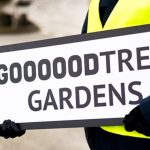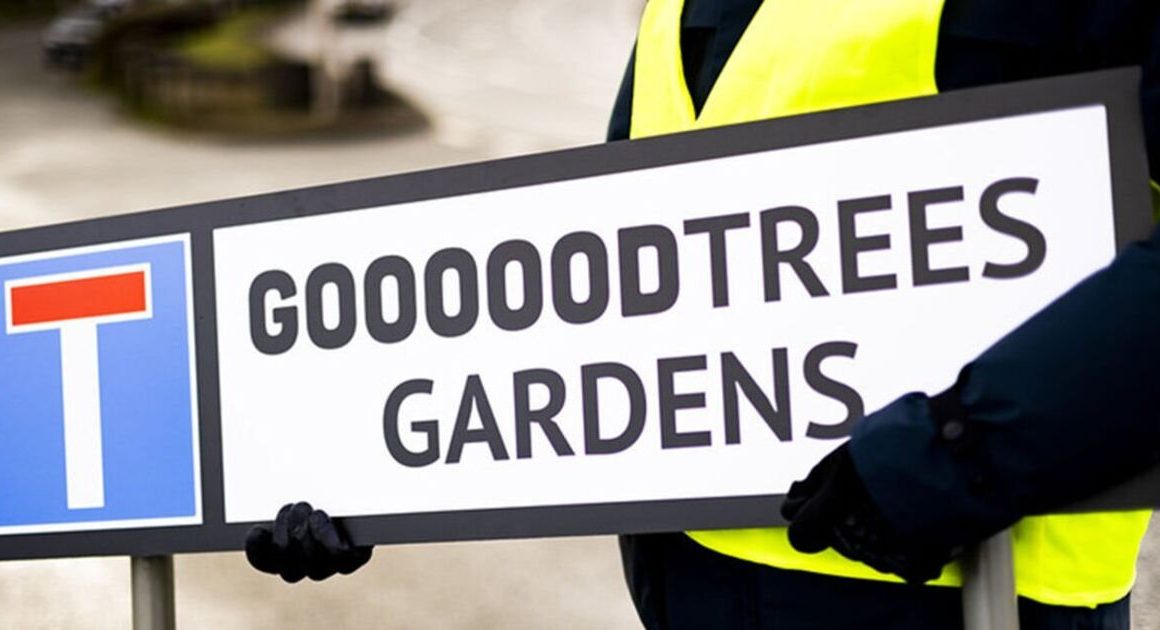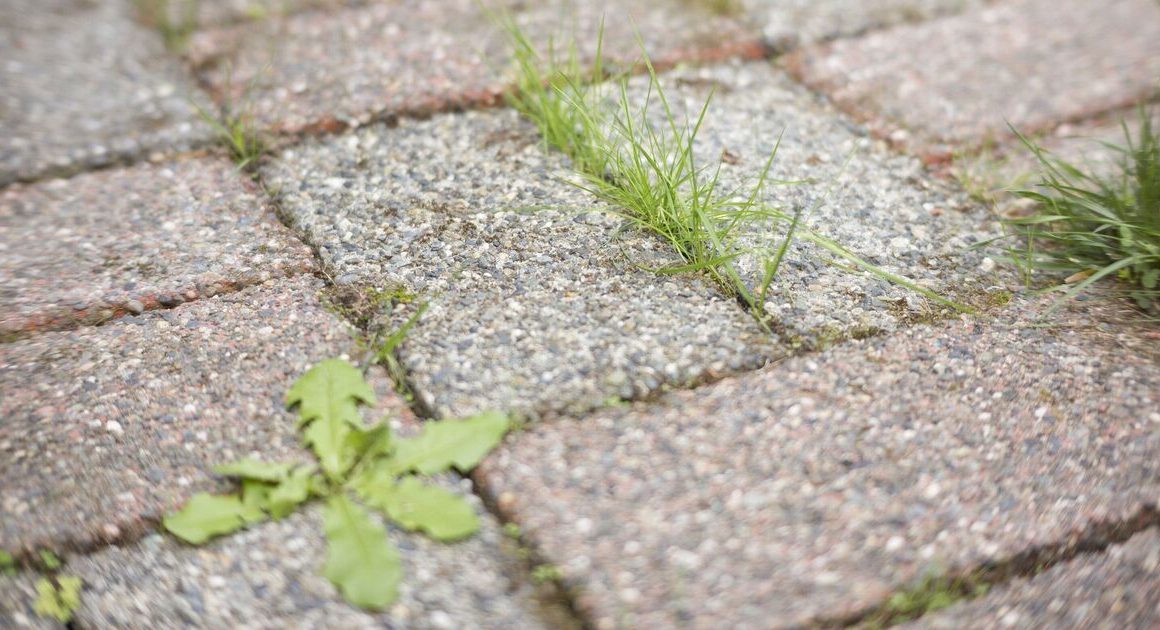
Conservation starts at home (Image: Getty)
Britons are being called upon to play a crucial role in conservation by identifying and safeguarding endangered tree species within their gardens and local communities.
Ecologists at Arbtech have raised the alarm that climate change, pests and changing environmental conditions are causing a decline in several key tree species throughout the UK.
The preservation of these trees is vital for their role in maintaining the ecosystem, including water regulation, soil stabilisation, and supporting local wildlife and biodiversity.
An Arbtech spokesperson said: “By bringing attention to some of the most endangered tree species in the UK, we are urging Britons to involve themselves in conservation efforts wherever possible.”
They added: “This could be as simple as looking after the plants and trees in your own back garden. Climate change, disease, insects, overgrazing and overharvesting all put vulnerable trees at risk.”
READ MORE Bulbs to plant now for an abundance of colour in spring

Looking after the plants and trees in your own back garden can help protect the landscape (Image: Getty Images)
Here in the UK, ancient oaks and other trees are an enduring symbol of the British landscape, offering shelter and support to a wide range of wildlife. And Arbtech says it’s up to all of us to take care of the rare species that surround our homes and gardens.
The six most endangered trees in the UK
Some of these trees can only be found in very specific areas of the British Isles. But for people everywhere, helping to protect our native species supports local wildlife and eco systems.
Arran Whitebeam (Sorbus arranensis)
Found exclusively on the Isle of Arran in Scotland, the Arran Whitebeam is one of the world’s rarest and most endangered tree species. Vital for biodiversity, it faces significant threats from environmental changes, extreme weather, and overgrazing by sheep and cattle.
Conservation efforts are underway to restore its woodlands and protect the remaining trees.

Arran Whitebeam (Sorbus arranensis) can only be found on the Isle of Arran (Image: Getty Images)
Black Poplar (Populus nigra subspecies betulifolia)
Britain’s rarest native timber tree, this species was once a common feature of the landscape but is now in decline. It thrives on floodplains and along ditches, where its broad form and distinctive leaning trunk provide a habitat for caterpillars.
According to the experts, it is highly susceptible to fungal diseases, including leaf rusts and poplar scab.
Plymouth Pear (Pyrus cordata)
The name of this tree derives from the fact it grows almost exclusively in Devon and Cornwall, around Plymouth and Truro. While its small fruits are inedible to humans, they serve as a vital food source for birds.
Climate change has further threatened the species, which is legally protected under the Wildlife and Countryside Act 1981.

The Maidenhair Tree (Ginkgo biloba) tree (Image: Getty Images)
Maidenhair Tree (Ginkgo biloba)
As the last surviving member of an ancient tree group that predates the dinosaurs, this species has now been classified as ‘endangered’ on the IUCN Red List.
Thriving in the UK’s temperate climate and favouring well-drained soil, it faces a significant threat from deforestation, leaving wild populations increasingly at risk.
Star Magnolia (Magnolia stellata)
This small tree, native to Japan, is classified as ‘endangered’ on the IUCN Red List. While wild populations have declined due to urbanisation, the species remains a popular choice for UK gardens.
UK gardeners can aid conservation by planting seed-raised specimens, supporting nurseries that cultivate them and increasing the use of native plant material.

The Juniper tree (Juniperus communis) (Image: Getty Images)
Juniper (Juniperus communis)
Without essential conservation efforts, this iconic evergreen faces the risk of extinction. It remains vulnerable to overgrazing and disease, with scattered populations found across the UK.
Known for its needle-like leaves and black berries, the tree plays a crucial role in supporting wildlife, offering dense nesting cover for birds and a vital food source for many species.
Keen to encourage gardeners to be aware of the importance of conservation both at home and in the local community, the expert added: “Recognising these species can help prevent further habitat loss and bolster conservation.”











